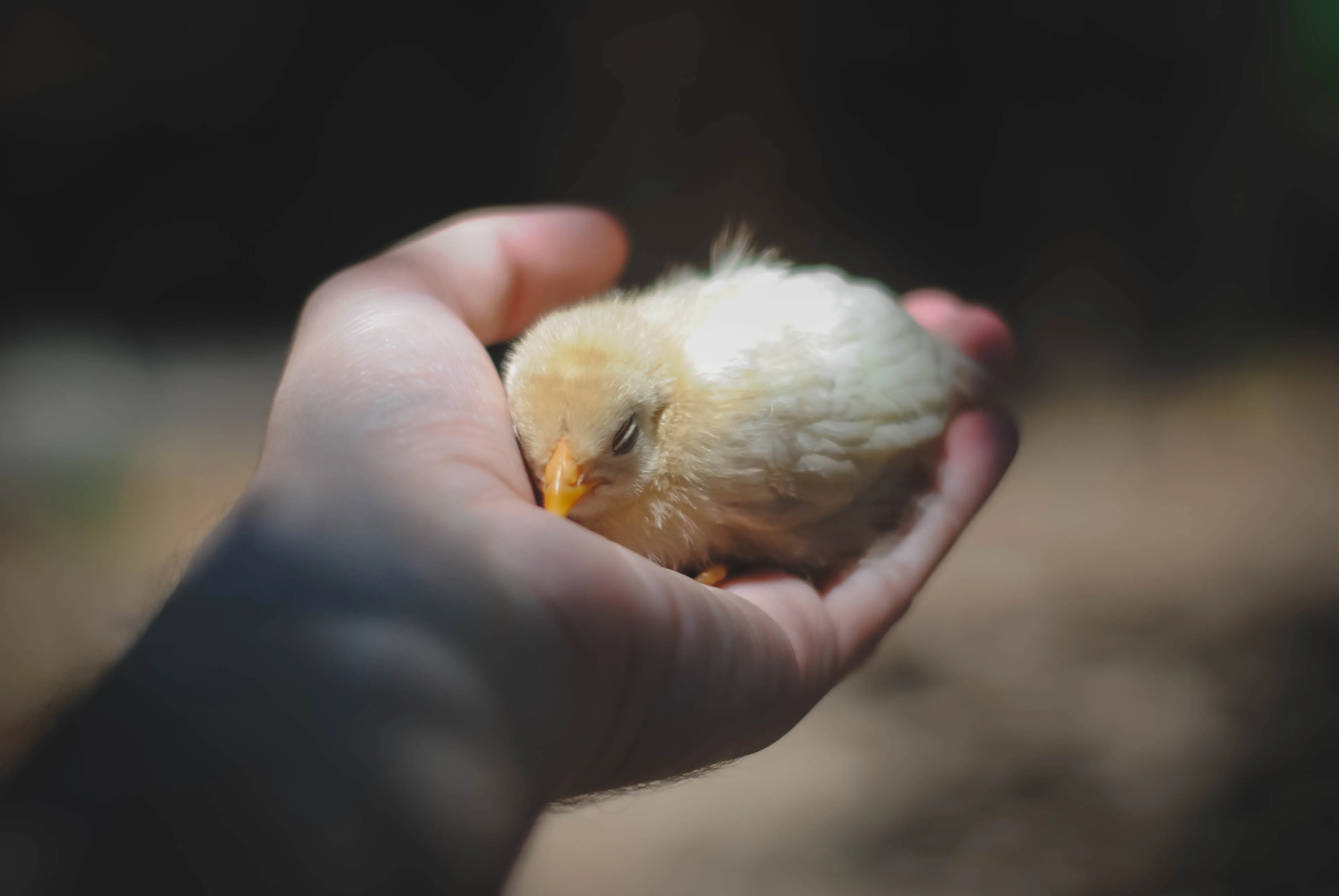The Role of Livestock in Sustainable Farming Systems
Explore the integral role of livestock in sustainable farming systems. Learn how integrating livestock enhances soil health, boosts biodiversity, and contributes to a self-sufficient, eco-friendly agricultural practice, crucial for sustainable farmland management.

Introduction
At the heart of sustainable farming lies a holistic approach where livestock plays a pivotal role. Vriksha Farms emphasizes the importance of integrating livestock into farming systems as a key strategy for enhancing biodiversity, soil health, and overall farm productivity. This blog post explores the multifaceted benefits and best practices of incorporating livestock in sustainable farming systems.
The Importance of Livestock in Sustainable Farming
Livestock, ranging from cattle and sheep to poultry and bees, contribute significantly to the sustainability of a farm. They provide valuable manure for soil fertility, aid in pest control, and contribute to a balanced ecosystem. The integration of livestock in crop production cycles also enables a more efficient use of resources, creating a closed-loop system that minimizes waste and maximizes productivity.
Challenges and Strategies for Livestock Integration
1. Balancing Livestock and Crop Needs: It's crucial to balance the needs of both livestock and crops. This can be achieved through rotational grazing, where livestock graze in designated areas, allowing time for pasture recovery and avoiding soil compaction.
2. Ensuring Animal Health and Welfare: Animal welfare is paramount. Practices such as providing adequate shelter, proper nutrition, and preventive healthcare are essential. Vriksha Farms advocates for humane and ethical treatment of livestock as a cornerstone of sustainable farming.
3. Managing Manure and Nutrients: Efficient manure management is key to preventing nutrient runoff and maintaining soil health. Composting manure before application and rotating grazing areas help distribute nutrients evenly and enhance soil fertility.
4. Addressing Environmental Impacts: Livestock farming can have environmental impacts, such as methane emissions. Implementing sustainable practices like pasture-based systems and optimizing feed can significantly reduce these impacts.
5. Market Considerations: Aligning livestock products with market demand is important. Diversifying livestock products, such as dairy, meat, wool, and honey, can open new market opportunities and increase farm resilience.
Best Practices for Livestock Management
1. Diverse Livestock Selection: Choose livestock species and breeds that are well-suited to the local climate and farm conditions.
2. Integrating Livestock with Crops: Use livestock to naturally fertilize crops and control pests, creating a synergistic relationship between animal husbandry and crop production.
3. Sustainable Grazing Practices: Implement rotational grazing to maintain pasture health and prevent overgrazing.
4. Investing in Training and Education: Continuous learning about sustainable livestock management practices is essential. Vriksha Farms offers resources and workshops to support farmers in this area.
5. Community Engagement: Sharing knowledge and experiences with other farmers can lead to innovative solutions and stronger community resilience.
Conclusion
Incorporating livestock into sustainable farming systems is a dynamic and rewarding approach that benefits the soil, the environment, and the community. By following best practices and embracing the challenges, farmers can create a thriving, sustainable agricultural system. Vriksha Farms remains committed to supporting this journey towards more sustainable and productive farming practices.
Call to Action: Join the sustainable farming movement with Vriksha Farms. Explore how integrating livestock can transform your farming practices. Contact us for more insights and support in sustainable livestock management.
